California is blazing new environmental trails again. The State is set to become the first government in the world to issue a standard testing methodology and preliminary health assessment for microplastics in drinking water. The guidelines, originally scheduled for release this month but delayed due to the pandemic, will be published during the fall of 2021. There is considerable interest in the State Water Board’s (SWB’s) upcoming report, both within the water industry and the broader public. With plastic creeping into every facet of modern life, the SWB’s conclusions will likely lay the foundations for further research and policies.
Since the creation of the first synthetic ivory in 1869, plastic has become the invisible backbone of the modern world. Synthetic materials often serve as cheaper, more durable substitutes for rare and expensive natural resources like silk, ivory, and wood. Plastic production also facilitates many modern inventions and comforts, such as…

